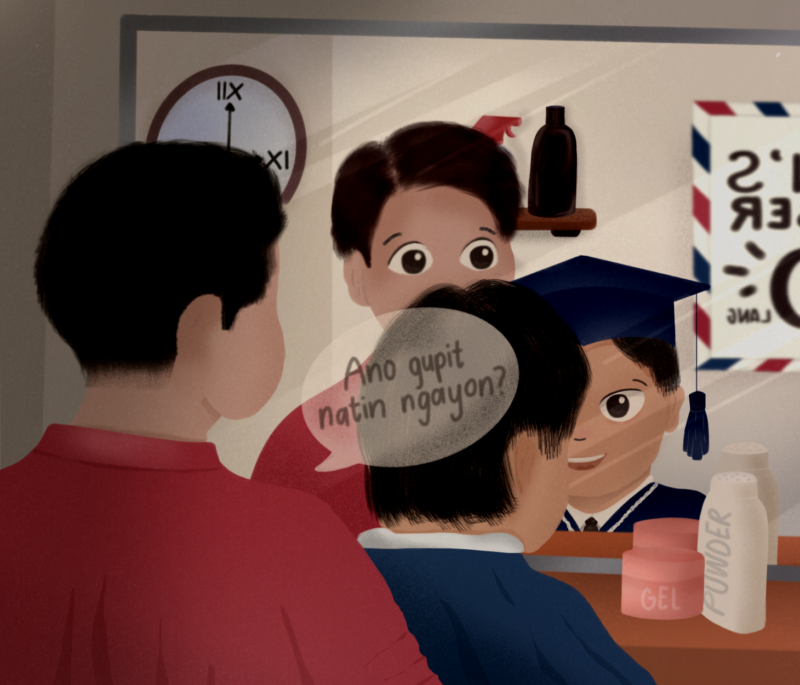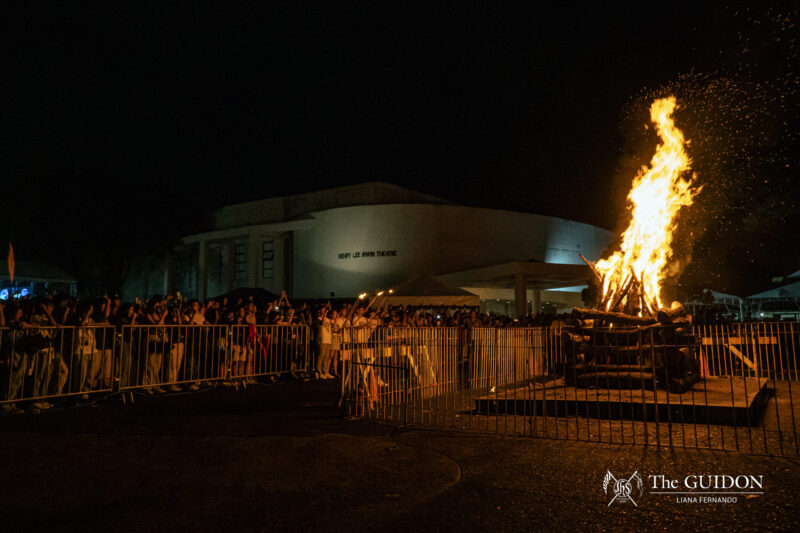The collective struggle of shoemakers in small-scale manufacturing firms along Marikina City is reflective of the wobbling state of the once-progressive industry.
Marikina has always been the center of shoe operations in the country. But due to weaker exports and liberalized trade policies, the economic activity of such firms in Marikina has dwindled as neighboring countries such as China have become more competitive. According to a 2005 study by Allen J. Scott, the number of registered shoe manufacturers has steadily declined, from 513 in 1994 to 248 in 2004.
At the same time, employment in these firms has also been affected by the downward economic trends of the industry. In a study by Joel Q. Tanchuco, the average employment level of a respondent footwear firm is at 60 workers. Moreover, majority of these firms are small-scale operations so they face several bottlenecks along the duration of production.
In the same study, Tanchuco also wrote that several firms maintained their informal status, which only aggravated the seasonality of shoe production. Thus, some workers in the footwear industry are only employed informally rather than on a regular basis.
Shoe factories usually follow a piece-rate basis in which the worker is paid based on the quantity of his or her output. Given the unstable employment in the industry, daily wages received by the workers are not enough to compensate for the level of intensity that their labor requires.
Clarissa Badong, a consultant for Marikina Shoe Industry Development Office, said workers would receive a daily wage as low as Php 150, which is below minimum wage level. She said that workers are also underpaid for bonus payments, which is estimated at Php 400.
Aside from lack of compensation, Badong also lamented the extreme heat shoemakers must endure in the cage-like environment in the workplace. She also said that because of these adverse conditions, workers lose their sense of dignity in their jobs.
“Paano ka magiging proud sa propesyon mo kung ang treatment sa iyo [ng industriya] ay di rin maayos? (How can you be proud of your profession when the treatment [of the industry] to you is not good as well?)” said Badong.
Incentive compensation is also determined by the complexity of the worker’s tasks. Firms have overseen the increased specialization of tasks considering the arduous process of shoe manufacturing.
However, hierarchy of complexity is inevitable as some workers are being paid more than the other. According to Badong, “upper makers” – those in-charge of preparing the upper portions of shoes – receive lower wages than the sapateros, who assemble the uppers, heels, and soles of the shoes. She also said that upper makers would be rather be employed as househelp because of the unjust compensation.
Despite the turmoil in the footwear industry, Badong remained keen on reversing the situation and changing the public perception on the labor of shoemakers. “The underlying problem is actually on how to give importance to these basic aspects [of] not just on the workplace but also on the craft [of shoemaking] itself,” said Badong.
Editor’s note: This article was originally meant for publishing in the May 2015 issue of The GUIDON.




